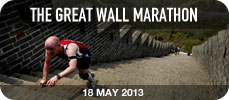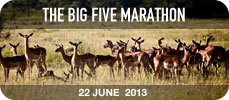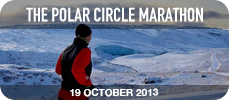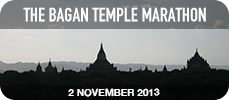You are here
Training tips by Event Ambassador Steve Moneghetti


Top endurance athlete Steve Moneghetti is The Solar Eclipse Marathon Ambassador. The former Australian Olympian gives runners the lowdown on how to prepare for this Adventure Marathon.
Steve Moneghetti, one of Australia’s top running athletes has an impressive track record of top finishing places at the Olympic Games and the World Championships, and various other elite competitions such as winning a bronze medal at the Commonwealth Games in the 10km track in 1998 and a gold medal at the Commonwealth Games Marathon in 1994.
When he's not giving motivational talks to the corporate world, he trains for long-distance races regularly. Becoming the Event Ambassador for The Solar Eclipse Marathon combines his appreciation for nature and running. "As a distance runner, I love the connection with nature when I run, " he says. "And what better way to enjoy this than to be able to to it in synch with the sun at a solar eclipse. And Port Douglas is such a beautiful place to enjoy this experience."
The route will take runners through exceptionally beautiful surroundings including sugar cane fields and lush tropical foliage. As Steve says, “The concept of a marathon and half marathon in the pristine environment of Port Douglas and The Daintree is terrific."
He continues, "An endurance run provides a great personal challenge and to share the adventure with like-minded people on a significant day in a special place will be astronomical! I love to run and I love the beauty of the Australian rainforests so this event is a winning combination for me.”
When asked whether he would be at the starting line, his answer was an emphatic: “You betcha!”
Training tips from Steve:
How would you prepare for this type of race, i.e. handle the challenging conditions such as heat and uneven terrain?
- It would be good to train consistently over the next 12 months by running 4 or 5 days a week and getting a few 35km runs over hilly terrain prior to the race.
- The distance is the main area to focus on but then there is the differing surfaces and humidity and I would suggest doing a number of runs in the forest especially over longer distances so you get used to holding your form on rough ground when you are fatigued.
- Running a couple of shorter races in humid weather prior to the marathon is a good idea and you might want to have a holiday (a.k.a. a training camp but just don’t tell your partner or family!) in a warmer climate a couple of months out from the event.
- Also practice drinking by using water or a sports drink on your longer training runs to help your body get used to taking on fluids in a run.
The Bump Track is the steepest part of the course. How can runners prepare for it?
- For the infamous “Bump Track,” I would do some stair running or walk/run a steep paddock or bush hill in my lead-up training. It doesn’t matter if you walk doing it, in fact, I would recommend it as it is a more efficient way to tackle a steep, rough climb.











